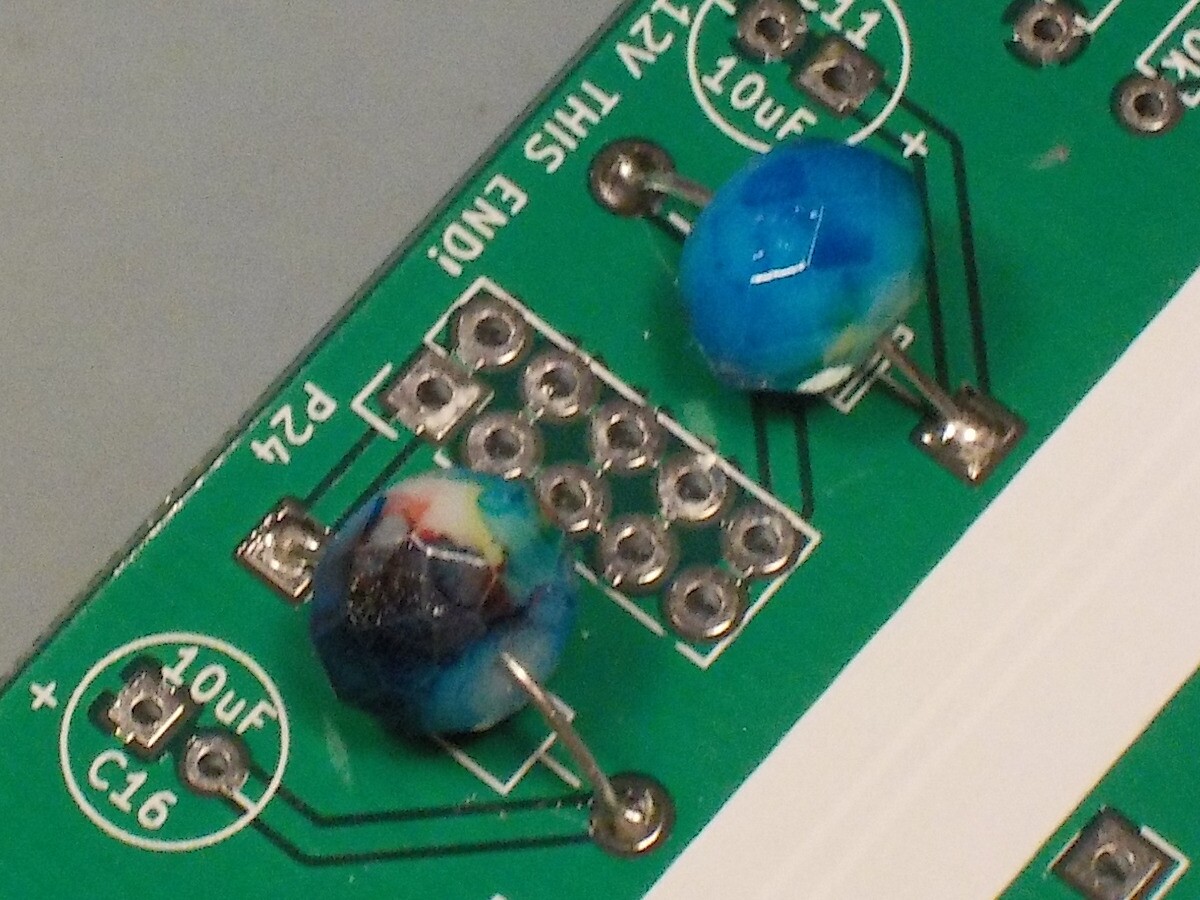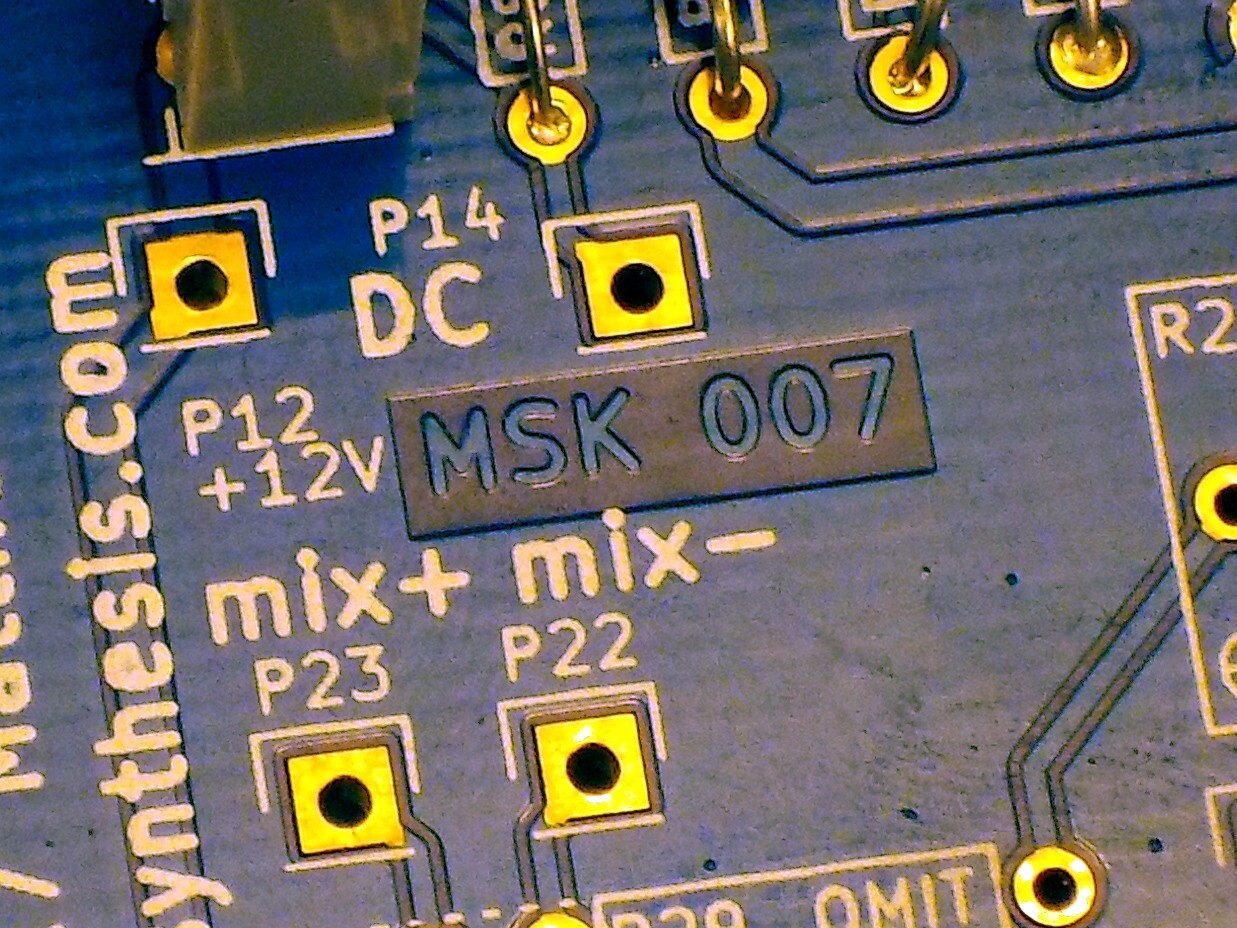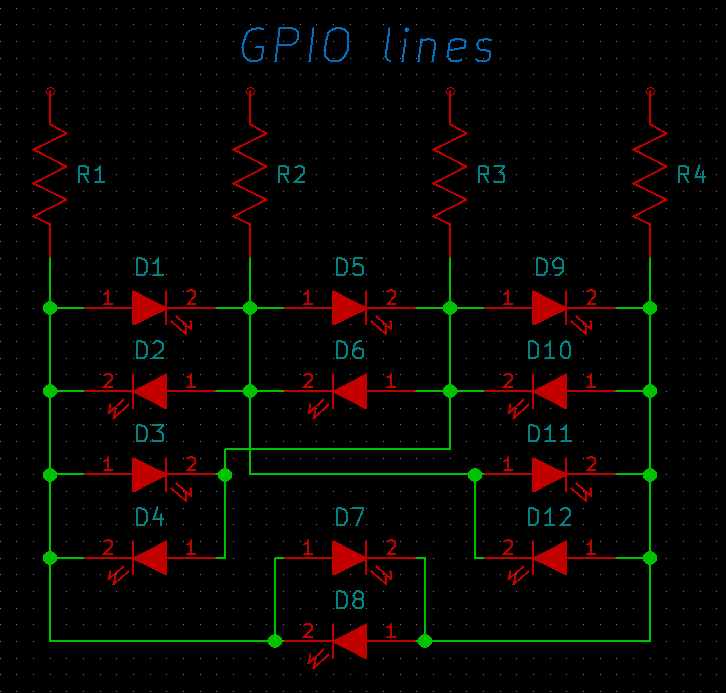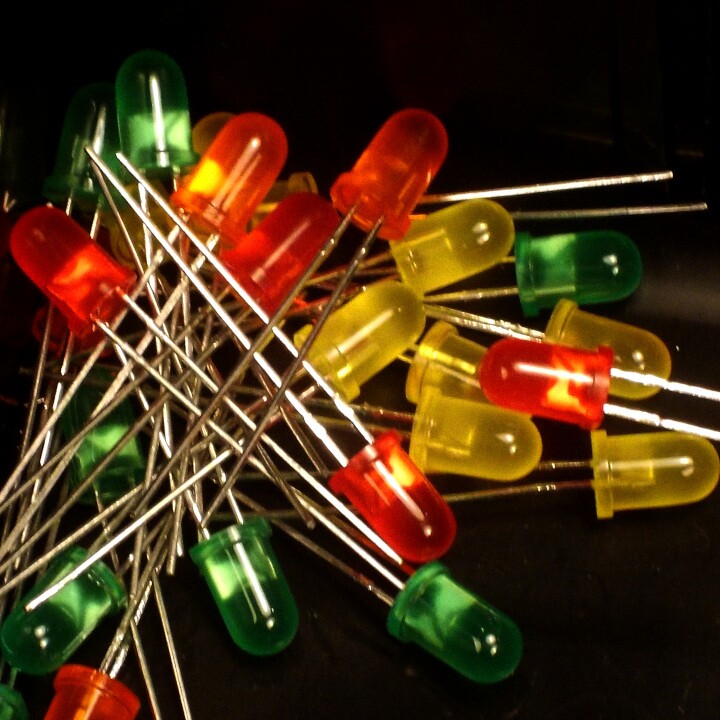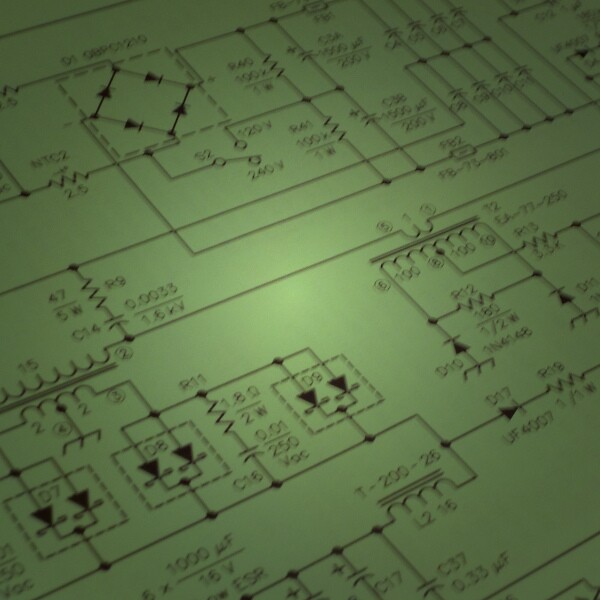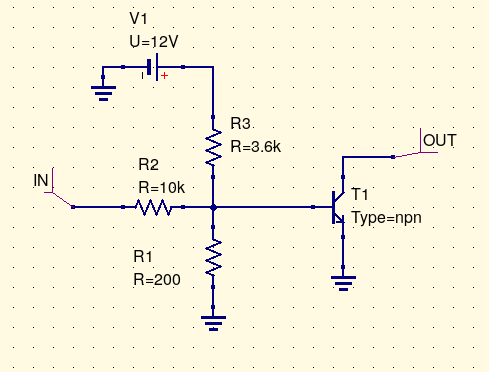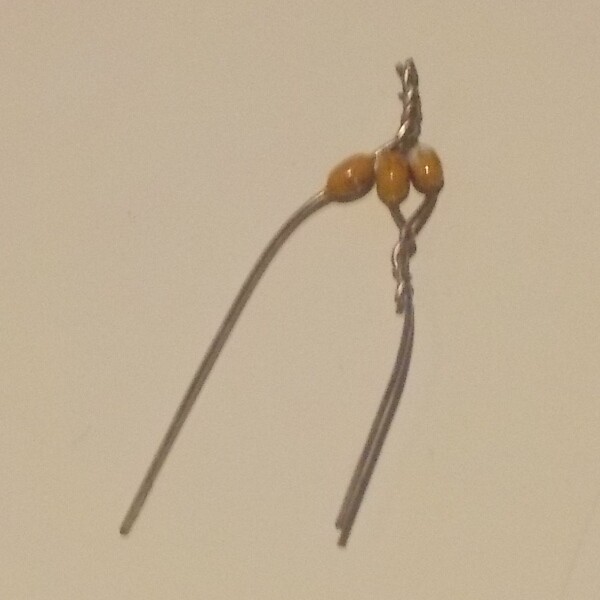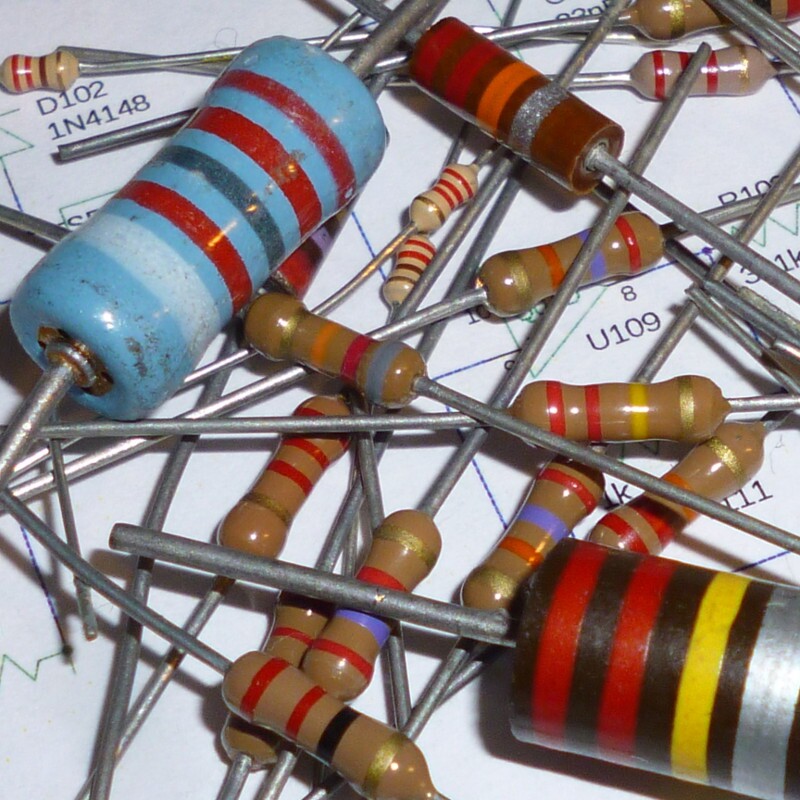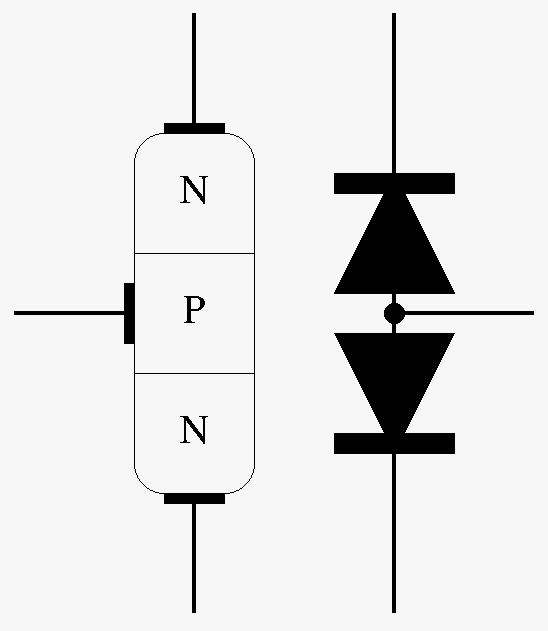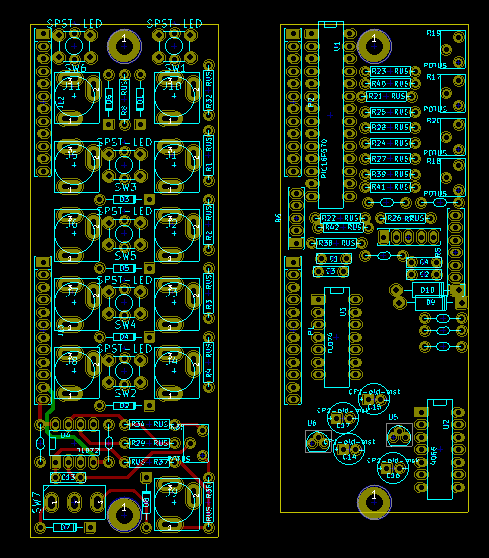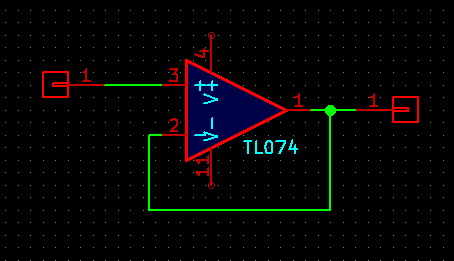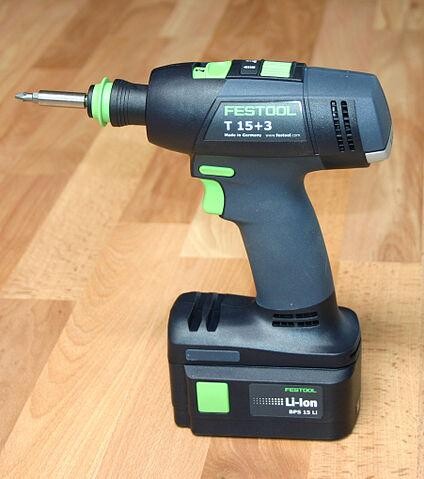tag "design"
The Truth About Ferrite Beads Will Shock You
Q: The analog synth circuit I'm building calls in the schematic for ferrite beads on the power rails, but it doesn't give any further information. What kind of beads should I use? READ MORE
Designing for adjustment
Testing and adjustment are often underestimated in DIY circuit design. It's all very well to choose exactly the right topology and component values for a circuit; but even with a perfect design on paper or in the simulator, how does one get from there to a physical construction that correctly realizes that design? READ MORE
How to choose component values
When I draw the first draft of a new circuit design, I'll usually work out the topology of the circuit first, and leave out any component values unless it's instantly obvious what they need to be. The topology means which components exist and how they connect to each other, and it's a separate step from deciding their values. I'll come back and fill in the missing values later. There's interaction between these two steps, and I may well modify the topology in later drafts of the schematic as the requirements become clearer, but there's still a definite progression from working on the topology to specifying the component values. READ MORE
Driving LEDs digitally
In the last entry I described the electrical requirements of LEDs and how to drive them in the context of analog circuitry. When you want to indicate information with the brightness level of a single LED, as in my Transistor ADSR where the LED directly shows the progress of the envelope, it's appropriate to use an analog driver which provides current proportional to the desired light output. But another common use of LEDs is many of them at once, to display information like the shift direction in an octave switch, or even numeric digits in a 7-segment display. For those kinds of applications, it's appropriate to use a digital style of driver circuit. READ MORE
LEDs and analog drivers for them
Light-emitting diodes! They're all over our electronic equipment; but what are they all about, really? The underlying concepts are simple, but there are a lot of frequently-asked questions that show there's confusion among hobbyists about how LEDs work and how to apply them in circuits. Here are some notes on that. READ MORE
Green modular, part 1: Energy, carbon, and power supply regulators
I'm sometimes asked about the environmental consequences of modular synthesizers. It's an interesting question with a lot of ramifications, and there's a lot of misinformation circulated. That may be inevitable given the nature of this business: synthesizers combine engineering, where hard facts rule, with music, where subjective aesthetics are the order of the day, and it's very easy for someone to start from one bad guess or wrong idea and then follow it into constructing an entire unfounded theory. There's also an unfortunate overlap between the synthesizer hobby and the whole morass of audiophile woo. READ MORE
Exponential converters and how they work
Exponential converters are basic building blocks used in many synth circuits, but for many of us, they are incomprehensible black boxes. The basic concept of how an exponential converter works is very simple; but the simplest possible circuit for the purpose has many serious limitations, so it's usual to add several layers of additional circuitry to compensate for different effects and make the overall behaviour more predictable. As a result, the exponential circuits we actually see in common use may look dauntingly complicated to beginning designers, and it may not always be easy to recognize the simple underlying principle. In this article I'm going to build up to a real-life level of complexity starting from the simplest possible exponential converter circuit. READ MORE
Combining components for new values
When I started breadboarding the Coiler VCF (see my new videos about it...), I ran into a problem: the design called for a couple of 6800pF (also known as 6.8nF) capacitors, and I didn't have any of those on hand. I didn't want to rush out and buy some, both because of the time and effort involved and because it was quite possible that design changes would mean I might not end up using that value in the finished product anyway. I could either end up paying a high price for a small quantity, or buying in bulk to get a lower per-unit price and having the extras go to waste. As I've written before, it's not a bargain if you end up paying for components you don't use. READ MORE
Common parts to keep in stock
One of the most common beginner SDIY questions is which parts are frequently used and worth buying in large quantities to use on multiple projects. The people who ask this question think they're going to save serious amounts of money by buying common parts in bulk, and although I have serious misgivings about the money-saving aspect, the question isn't going to stop being asked, and there are in fact other reasons why keeping a stock of parts may be a good idea. Here are some thoughts on that. READ MORE
Transistors for the Perplexed
Most transistor circuits are quite straightforward. If you look at the schematic of something like the North Coast Transistor Mixer, you can easily recognize common patterns - an emitter follower here, a common-emitter amplifier there - which are in every textbook and really are just transistorized versions of vacuum-tube circuits going back generations. The new Transistor ADSR gets a little more complicated, largely because of its use of two-transistor circuit blocks such as multivibrators, but there's still nothing really weird in it. But every now and again you'll see something in a schematic diagram that isn't in the textbook, seems like it makes no sense... and yet, it works. This article covers a couple of those non-traditional ways to use transistors - as well as some simple, obvious questions that smart beginners are likely to wonder about but which aren't usually answered in introductory presentations. READ MORE
State of the store
In the last couple weeks, since the storefront move, I've been busy with a lot of store and non-store issues and haven't had much time to update here. Sorry about that; here are some notes on what's going on. READ MORE
Modular synthesis intro, part 9: Other filter designs
This is Part 9 of a series that started with Part 1. READ MORE
One minute op amp analysis
You can understand most op amp circuits with just three simple rules. READ MORE
Voltage control modifications
There's a recurring thread that comes up again and again in SDIY fora, where someone asks how to "mod" an existing device that is not voltage-controlled to give it a CV input. Sometimes this question is asked in relation to a specific product, in which case there's some possibility of having an intelligent discussion; but quite often it's framed more generally, with the poster hoping that there will be just one single, simple procedure applicable to all (or at least many) non-voltage-controlled modules to make them voltage controlled. In this article I'll talk about some of the issues underlying that kind of request, and how CV "mods" can and can't be done on different kinds of circuits. READ MORE
Ribbet!
The Leapfrog VCF does not actually go "ribbet," at least not without some effort. But after being told by one friend I showed it to that most people don't want to make real music with their modulars but just want something that goes "uuuuuuuuuuuLAAAAAAAAAAAAARGH" (which, let's face it, is true) I've added a demo highlighting that. Uulargh? Yeah, we've got this. READ MORE
